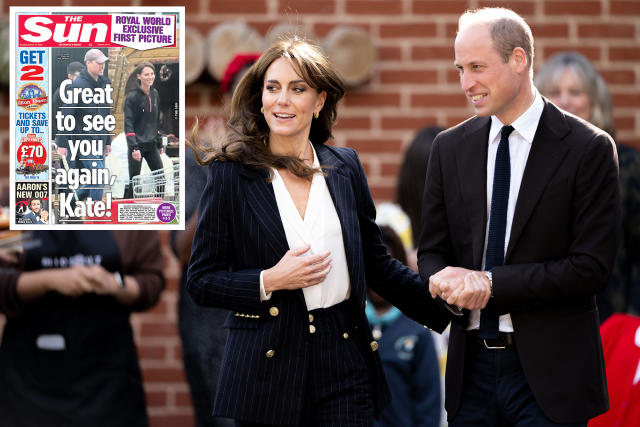In the midst of swirling rumors and heightened speculation surrounding the British royal family, Rose Hanbury finds herself at the center of a new controversy—a decor scandal that has captured the attention of internet sleuths and royal watchers alike. As questions about Princess Kate Middleton’s whereabouts continue to circulate, scrutiny has turned to Hanbury and her alleged connection to Prince William, shining a spotlight on her Norfolk estate, Houghton Hall, and the questionable origins of its furnishings.
The intrigue surrounding Hanbury, a 40-year-old socialite and close friend of the royal couple, has deepened in recent months, fueled by rumors and speculation about her relationship with Prince William. However, this time, the focus has shifted from personal matters to the decor of her home—a development that has sparked controversy and drawn attention from around the world.
Internet sleuths have uncovered photoshoots of Hanbury and her husband, David Cholmondeley, 7th Marquess of Cholmondeley, posing in various rooms of Houghton Hall, showcasing what appear to be oriental decor pieces. These images, taken from profiles in Vanity Fair and the Financial Times, have raised eyebrows due to allegations that the furniture and artifacts displayed were looted from China during the Qing dynasty.
The discovery has prompted outrage from Chinese observers, who have expressed anger and frustration over the presence of stolen cultural artifacts in Hanbury’s home. The hashtag #KateGate and #WhereIsKate have further amplified the scrutiny, as internet users connect Hanbury’s decor scandal to the ongoing speculation surrounding Princess Kate Middleton’s absence from public events.
While Hanbury’s connection to Prince William has long been a topic of speculation, the decor scandal adds a new layer of complexity to the narrative. As the controversy unfolds, questions arise about the ethical implications of owning and displaying stolen cultural artifacts, as well as the broader implications for the British royal family’s reputation.
In response to the allegations, Hanbury and her husband have remained tight-lipped, offering no public statements or explanations regarding the origins of their home furnishings. The lack of transparency only serves to fuel speculation and intensify public interest in the scandal.
As the investigation into Hanbury’s decor scandal continues, it underscores the importance of ethical sourcing and cultural sensitivity when it comes to the display of historical artifacts. The controversy serves as a reminder of the need for greater awareness and accountability in the preservation and appreciation of cultural heritage.
Furthermore, the scandal highlights the power of social media and internet sleuths in uncovering hidden truths and holding individuals accountable for their actions. In an age where information is readily accessible and public scrutiny is relentless, even the most private aspects of public figures’ lives are subject to scrutiny and analysis.
The Rose Hanbury decor scandal represents a convergence of personal intrigue, cultural sensitivity, and public scrutiny. As speculation about her relationship with Prince William persists, the controversy surrounding her home furnishings raises important questions about ethics, accountability, and the preservation of cultural heritage. As the story unfolds, it serves as a cautionary tale about the consequences of unchecked privilege and the importance of transparency in public life.
